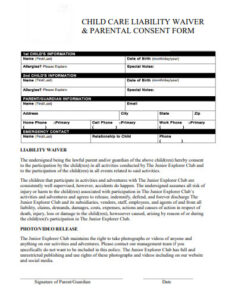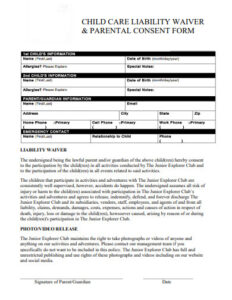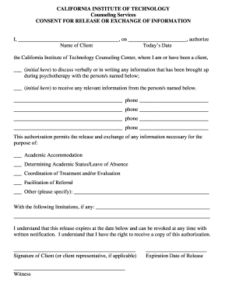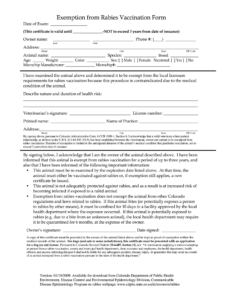Utilizing a pre-designed structure for these requests offers several advantages. It streamlines the process for parents or guardians, ensuring all necessary information is included, minimizing back-and-forth communication. It also benefits the receiving organizations by providing a standardized format for reviewing requests, improving efficiency and consistency in their evaluation. Clear communication between families and organizations safeguards the child’s well-being while enabling participation in desired activities.
Further exploration of this topic will delve into specific examples of situations requiring such forms, the typical information required, and best practices for completing and submitting them. Additional resources and support organizations will also be highlighted.
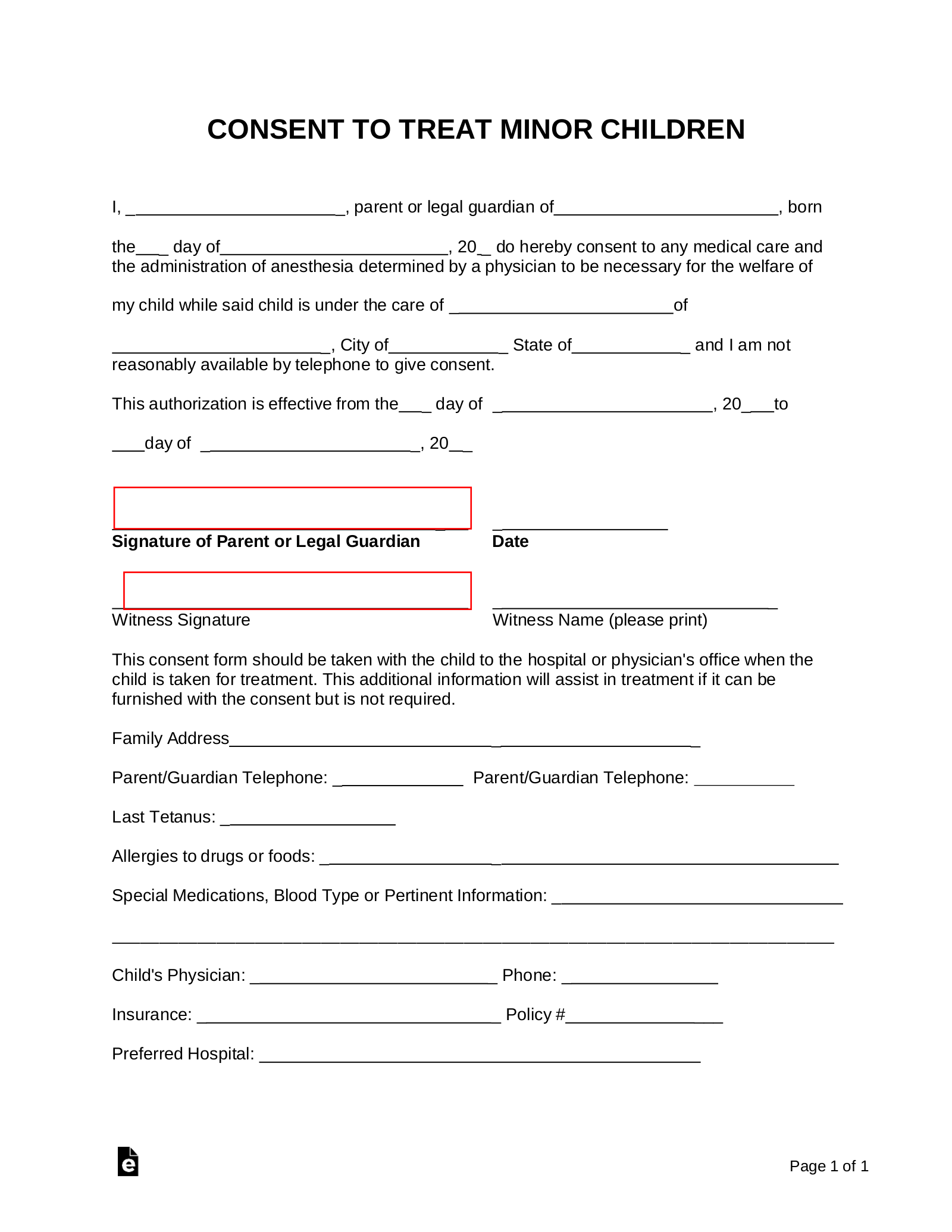
Key Components of a Medical Waiver Request Form for Minors
Several essential elements ensure a comprehensive and effective request for a medical waiver. These components provide clarity and context for decision-makers, ensuring the child’s well-being while facilitating appropriate levels of participation.
1: Child’s Identifying Information: Full legal name, date of birth, and contact information are fundamental for accurate record-keeping and communication.
2: Description of the Medical Condition: A clear and concise explanation of the child’s diagnosis, including relevant medical history, is crucial. Supporting documentation from a healthcare professional is typically required.
3: Specific Waiver Request: This section details the specific activity or requirement from which the child seeks exemption. Clarity and specificity are essential here, outlining precisely what modification or accommodation is being requested.
4: Rationale for the Waiver: This section explains why the waiver is necessary in relation to the child’s medical condition. It connects the diagnosis to the specific request, providing justification for the exemption.
5: Healthcare Provider’s Information: Contact details for the child’s physician or specialist allow for verification of the provided medical information and facilitate communication if necessary.
6: Parent/Guardian Signature: Authorizes the request and acknowledges the accuracy of the provided information. This confirms legal guardianship and consent.
7: Date of Request: Provides a timestamp for the request, assisting with tracking and processing.
Accurate and complete information within these key components allows for a thorough evaluation of the request and supports informed decision-making regarding the child’s participation. This structured approach ensures both the child’s safety and appropriate accommodation of their needs.
How to Create a Medical Waiver Request Form for a Minor
Developing a standardized medical waiver request form requires careful consideration of several key components to ensure clarity, completeness, and efficacy.
1: Establish Clear Purpose: Define the specific purpose of the form. Is it for school participation, sports activities, or another context? Clearly state the intended scope of the waiver.
2: Gather Essential Information Fields: Include fields for the child’s identifying information (name, date of birth, contact information), medical diagnosis, and specific waiver request.
3: Incorporate Healthcare Provider Input: Designate sections for healthcare provider details and require supporting documentation, such as a signed physician’s statement.
4: Articulate Rationale Section: Include a dedicated space for explaining the necessity of the waiver in relation to the child’s medical condition, connecting the diagnosis to the specific request.
5: Ensure Parent/Guardian Authorization: Incorporate a signature line for the parent or guardian to authorize the request and acknowledge the accuracy of the information provided.
6: Establish a Clear Submission Process: Outline the procedure for submitting the completed form, including relevant deadlines and contact information for inquiries.
7: Review and Refine: Before finalizing the form, review it with relevant stakeholders, including healthcare professionals and legal counsel, to ensure clarity, completeness, and compliance with applicable regulations.
A well-designed form provides a standardized framework for requesting medical waivers, facilitating clear communication between families and organizations. This ensures requests are processed efficiently and consistently, while safeguarding the well-being of the child.
Standardized medical waiver request forms for minors serve as vital instruments for navigating participation in various activities while accommodating individual medical needs. Understanding the key components, including detailed medical information, specific waiver requests, and supporting documentation, ensures effective communication between families and organizations. A well-designed form streamlines the process, promoting clarity, efficiency, and consistency in decision-making.
Prioritizing the development and utilization of comprehensive medical waiver templates contributes significantly to inclusive practices. This proactive approach ensures children with medical conditions can safely and appropriately participate in activities, fostering their well-being and development. Continued focus on refining these processes remains essential for promoting equitable access and supporting the diverse needs of all children.
